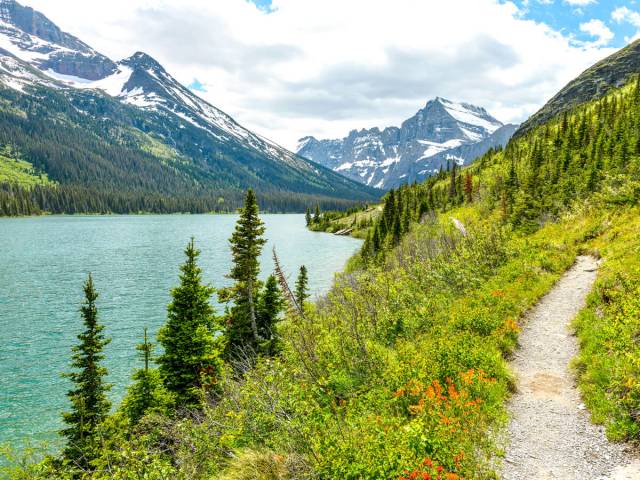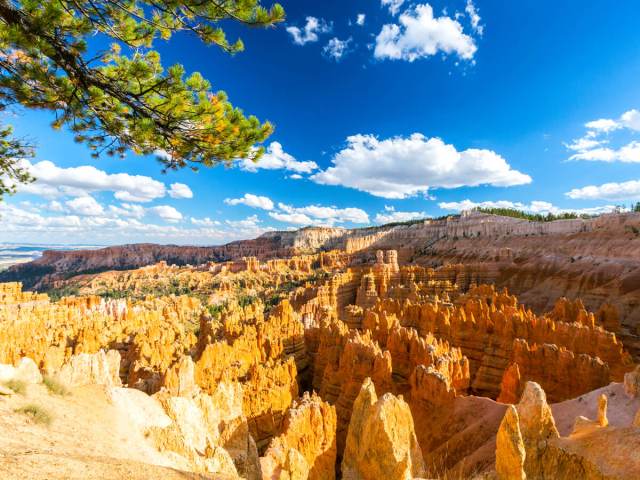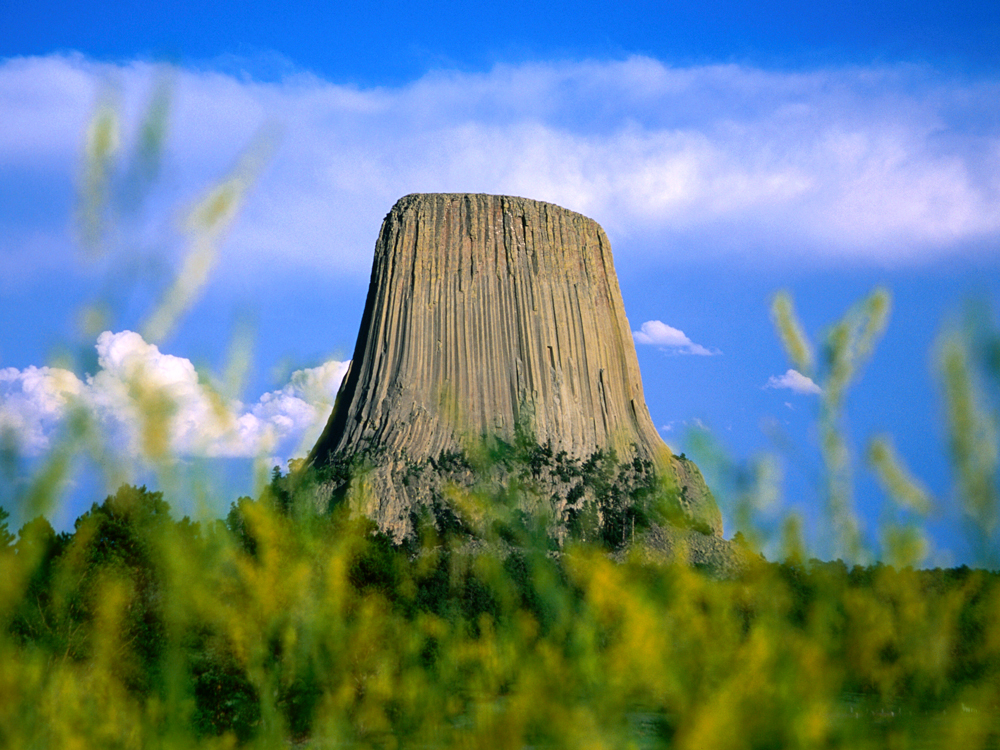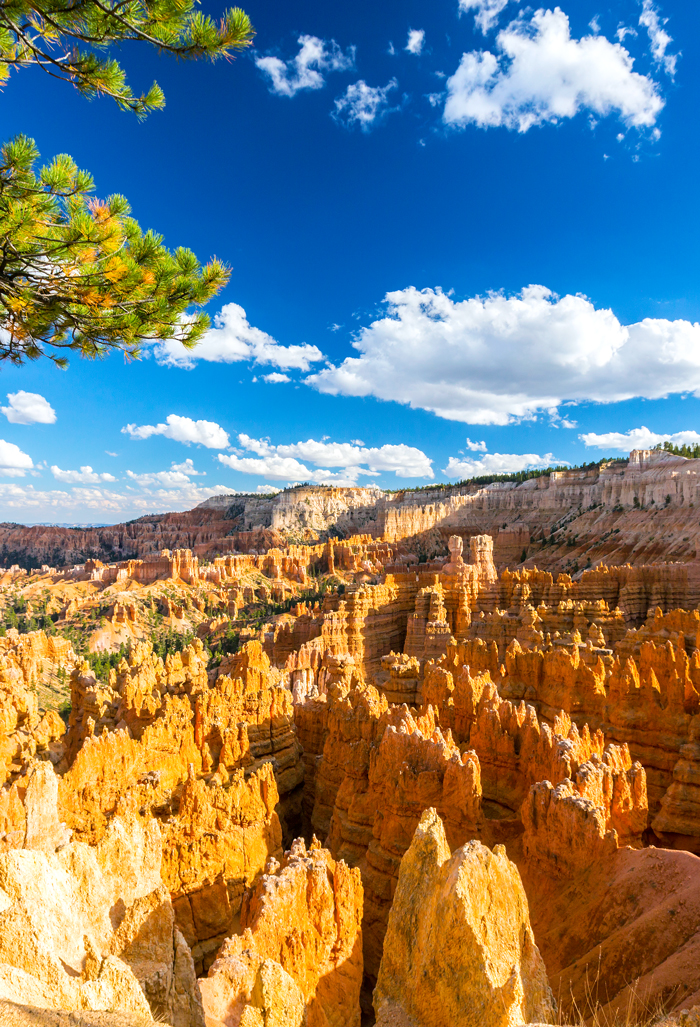America’s system of national parks, national monuments, historic landmarks, and other recreational areas is among the most substantial preservation efforts in the world. The list includes 63 national parks alone, plus hundreds of other federally run sites of natural and cultural significance. While many of these places charge a small admission fee to help cover the cost of upkeep, the National Park Service also sells a variety of annual and lifetime passes through their “America the Beautiful” program. These passes allow travelers to explore America’s many natural wonders without breaking the bank, and some of the park passes are even free to acquire if you meet certain criteria. If you’re curious about getting a national park pass, find out below what the options are — and if a pass is worth it.
Which Type of Pass Is Right for You?

The National Park Service offers a variety of passes catering to different groups. These passes vary in duration and cost, and some require extra documentation to prove that you’re eligible. Below are the pass options that you can select from:
Annual: This is the standard option offered by the National Park Service. The annual pass is available to U.S. residents aged 16 or older, plus international visitors. The standard annual pass costs $80 per year.
Senior: U.S. citizens or permanent residents ages 62 and older can purchase an annual senior pass for $20 or a lifetime senior pass for $80.
Volunteer: If you’ve completed at least 250 hours of volunteer work at a federal agency that participates in the Interagency Pass Program, you’re entitled to an annual pass for free.
Military Annual: If you’re a current member of the U.S. military or any of its dependents, show your valid military identification to receive an annual pass for free.
Military Lifetime: Complimentary annual park passes are available for U.S. military veterans with valid identification, as well as Gold Star Families with a valid voucher.
Access: Any U.S. citizen or resident with a permanent disability is entitled to a free lifetime pass, so long as they provide official documentation of their medical disability.
Fourth Grade: In an effort to appeal to younger Americans, the National Park Service offers a specific pass targeted to fourth graders and home-schooled children who are 10 years of age. For more info about how to apply, visit the Every Kid Outdoors website.
How to Acquire and Use Your Pass

To purchase your pass, you can either visit any federal recreation site listed here, or buy a pass online at the United States Geological Survey website. Bring any necessary documentation if you’re planning to purchase a senior, military, or access pass. You’ll also need a driver’s license or passport to confirm your identity, and a valid credit or debit card to make the purchase.
Once you’ve acquired the pass, keep in mind that it’s nonrefundable, nontransferable, and cannot be replaced if lost or stolen. When visiting a federal park site, be sure to bring your park pass and personal ID to prove that you’re the passholder. For sites that charge per vehicle, the pass covers the passholder as well as any other occupants of a personal vehicle. At locations that charge per person, the pass covers the passholder and up to three additional adults age 16 or older, while children 15 or younger get in for free.
What’s Included With Each Pass

Each pass grants the passholder and their guests access to more than 2,000 federal recreation areas across the country. This includes sites managed by the National Park Service, Bureaus of Land Management and Reclamation, U.S. Fish and Wildlife Service, U.S. Forest Service, and U.S. Army Corps of Engineers.
The list truly includes something for everyone, from the majestic wonders of Wyoming’s Yellowstone National Park to the Florida Everglades. For history buffs, passes also earn you free admission at several national battlefield sites, including Little Bighorn in Montana, as well as other historic sites such as Alcatraz in California and FDR’s former home in New York. Find out more about the various sites and their entrance fees here.
Is a U.S. National Park Pass Worth It?

The average cost of visiting a national park in the United States is roughly $30 per vehicle, while other sites under federal jurisdiction range between $10 and $20. That being said, there are 16 national parks that don’t charge entrance fees at all, many of which are located in Alaska or east of the Mississippi. This may affect how worthwhile it is to purchase a pass, depending on which parks you choose to visit.
In most cases, the national park pass will pay for itself rather quickly. All it takes is visiting three national parks (ones that charge admission fees) for a standard annual pass holder to earn back the upfront cost they paid. Seniors can make their money back in just a single national park visit. For those entitled to a free pass, there’s really no reason to not sign up — whether you end up using the pass or not.
More from our network
Daily Passport is part of Inbox Studio, which publishes content that uplifts, informs, and inspires.
















